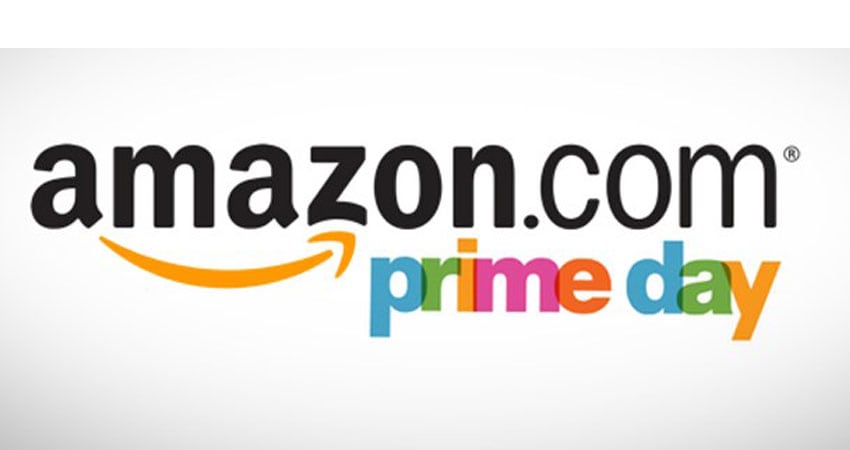As Amazon Prime Day number 3 approaches – which will most likely fall around July 12, possibly featuring deals running for a week – there are different approaches merchants can take in response to the new mega-ecommerce event, sort of a U.S. version of Singles Day in China.
Amazon sellers had until early May to submit their applications for “lightning deals” to be considered as Prime Day offerings. In 2016, Prime Day orders were up by more than 60% worldwide over the inaugural event in 2015, and up by more than 50% in the U.S. Amazon said it was the “biggest day ever” for its own devices globally, and led to massive Prime signups.
Steve Weber, president and CEO of nChannel, said one approach is to offer special deals and promotions in advance of Prime Day, in a sense drafting off the massive buzz and consumer excitement about midsummer deals.
“Certainly you want to think about the timing, running something in advance of Prime Day, maybe a flash sale,” Weber said. “A lot of our merchants are independent. Yes they sell on Amazon but they also have unique goods, like (backpack seller) Herschel Supply. I advise merchants to be prepared for an influx of customers by picking maybe one or two items to put on sale. It’s also a great time to do a clearance the day before, especially this close to back to school.”
Weber said merchants need to decide if their strategic focus for Prime Day is on moving product or new customer acquisition, either of which could pay out nicely. For instance, if you’re looking to move product, don’t be concerned about competing with Amazon’s big event, he said.
“If you’re targeting existing customers with overstock, for example, you don’t have to worry if Amazon is making a big splash – you already have direct conversations with your customers, and they’re already shopping from you,” Weber said. “Be prepared with your marketing tools and understanding of shopper preferences, using social media and email campaigns to take advantage of Prime Day.”
For customer acquisition, Weber suggested as many Prime Day tie-ins as possible, including content marketing and blogging, featured products, related articles, social media posts, even product content, to draw people to the site. “You need to optimize the site to capture some of that (Prime Day) traffic and bring it to your door,” he said.
Pam Springer, CEO of Oris Intelligence, said major ecommerce events like Prime Day, Black Friday and Cyber Monday are seen as opportunities for unscrupulous sellers to seek more buyers by violating minimum advertised price (MAP) requirements. Springer said this calls for extra diligence on the part of manufacturers.
“The mechanics underneath the battle to win the Amazon buy box include massive game playing, and companies need to figure out who triggered what (price violation),” Springer said.
Justin Meats, chief product officer for Oris, said manufacturers need to treat Prime Day the same as any other massive shopping event.
“They need to set their MAPs so online doesn’t cannibalize brick and mortar, getting their channels to work together,” Meats said. “Obviously they’ve known for a long time about Black Friday and they plan around it, often setting promotional periods and discount levels ahead of time. What they need to do is start taking special days like Prime Day into account in the same way.”
Adrien Nussenbaum, U.S. CEO and co-founder of Mirakl, said Prime Day is a sort of “private club” made up mostly of Amazon-owned products that mostly benefits the host company.
“If you look at the big numbers, 97% of products people see on Amazon are provided through third-party sellers, roughly 390 million products, and people invested in technology, time and money to list them on Amazon, setting inventory aside for it. Then Amazon comes and announces Prime Day, which when you look at it is a very restricted subset of products, mostly ones Amazon owns. So it’s really more of an Amazon moving inventory day.”
Nussenbaum pointed to the growing emergence of Walmart’s marketplace as an indication that more retailers are going to look to create their own marketplace and be less beholden to Amazon.
“Prime Day is an opportunity from a seller perspective to do a reality check,” Nussenbaum said. “Do you really want to risk your business, putting everything into the hands of Amazon? I think retailers creating their own marketplaces will be a big trend for the next two or three years.”

